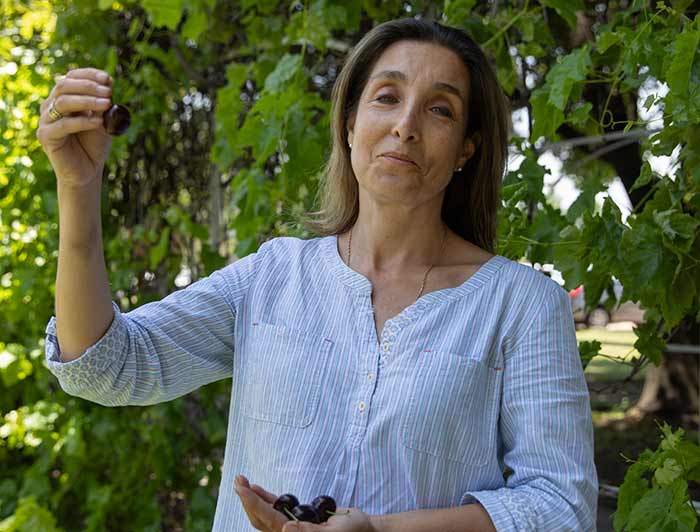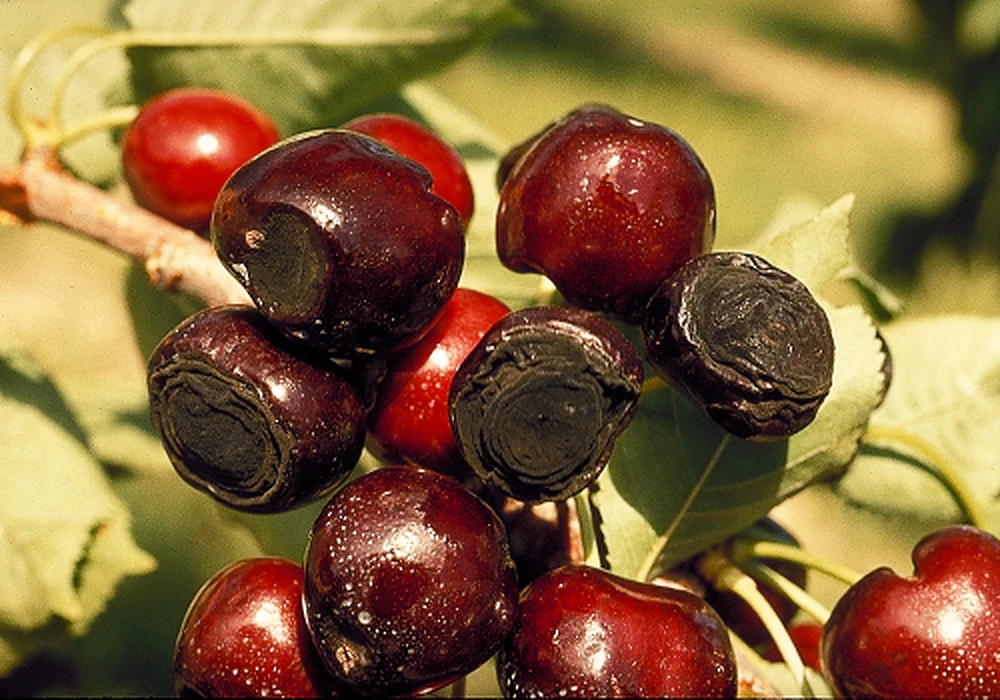Different sweet cherry cultivars exhibit different susceptibility to cracking as a result of substantial variations in pericarp structure and fruit constituents. However, some specific components present in the fruit, including amino acids and soluble proteins, have the ability to slightly delay the cracking process.
An increase in the concentration of soluble proteins correlates with an increased ability of plant cells to retain water, resulting in improved cell membrane protection and greater resistance to cracking. Amino acids are responsible for eliminating free radicals generated within fruit cells, thus preserving the integrity of the cell wall and increasing the body's resistance to external stresses.
What is still unknown is the evolution of the storage quality of sweet cherry cultivars with different degrees of resistance to cracking. The aim of the research conducted by Dalian Minzu University and the Biotechnology and Bioresources Laboratory in Dalian (China) was to examine the storage tolerance and post-harvest quality between two sweet cherry cultivars.
The study used the cv 'Rainier', which is characterised as being less susceptible to cracking, and 'Wanhongzhu', which is more susceptible. Observation of the pericarp structure confirmed that 'Rainier' has greater resistance to cracking than 'Wanhongzhu'; in addition, 'Rainier' contains smaller and more closely packed inner cells than 'Wanhongzhu'
At the time of harvest, climatic conditions were high in both temperature and humidity; as a result, the fruit underwent vigorous respiration, resulting in significant losses in fruit weight, decreasing as well total soluble solids content and total acidity during storage.
Furthermore, the stalk shedding and fruit cracking that occurred during post-harvest storage further facilitated the proliferation of microorganisms, ultimately reducing the nutritional value and flavour of the fruit. With the extension of the storage period, the fruit developed a darker shade in both cultivars considered
In addition, the fruits increased the firmness of the pulp and the soluble protein and amino acid content. After storage, the respiration rate of 'Wanhongzhu' fruits increased, while ethylene production was inhibited. In 'Rainier', however, both ethylene production and respiration rate were inhibited.
Cracking tests confirmed that 'Wanhongzhu' possesses a higher susceptibility to cracking than 'Rainier', as evidenced by the respective T50 values (time to occurrence of fruit cracking in a given solution in 50% of the fruits tested) of 5.53 and 22.27 hours.
The results of the correlation analyses indicate that the impact of fruit cracking-related gene expression on fruit quality was relatively lower in 'Wanhongzhu' than in 'Rainier'. This disparity may explain the generally observed superior fruit quality in cv 'Wanhongzhu'.
However, spoilage, stalk loss and cracking were more likely in 'Wanhongzhu' throughout the storage period. Consequently, 'Wanhongzhu' is more suitable for short-term storage. The results of this study demonstrate how understanding the variations in storage tolerance between sweet cherry cultivars can lead to better management of post-harvest storage of sweet cherries.
Source: Bin, Y., Liu, C., Xie, J.
et al. Quality changes of two sweet cherry cultivars with different susceptibility to cracking during the storage.
Hortic. Environ. Biotechnol. (2024).
https://doi.org/10.1007/s13580-023-00583-2.
Melissa Venturi
University of Bologna (IT)
Cherry Times - All rights reserved












